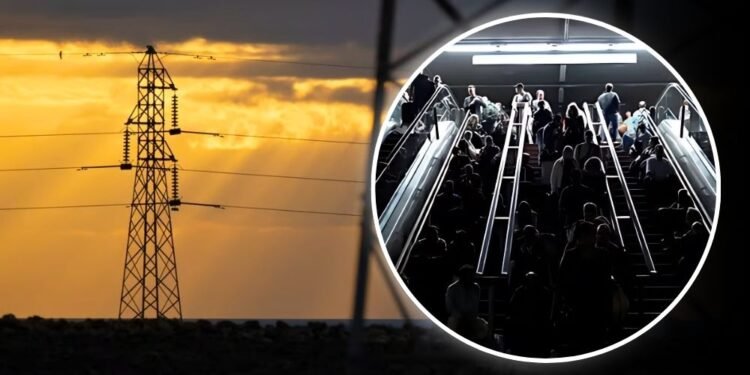A massive power outage struck Spain and Portugal, plunging nearly 60 million people into darkness and paralyzing daily life across the Iberian Peninsula. The blackout, one of Europe’s worst in decades, halted trains, knocked out traffic lights, and disrupted hospitals, airports, and telecom networks.
While the cause remains under investigation, speculation about a cyberattack has sparked intense scrutiny, though official sources lean toward a technical failure. This crisis highlights the critical need to safeguard infrastructure in an increasingly digital world.
The outage hit at 12:33 p.m. local time, triggering a “cero energético”—a total collapse of the Iberian grid, as reported by Spain’s grid operator, Red Eléctrica (REE).
Power demand in Spain plummeted from 25,184 megawatts to 12,425 megawatts in moments, per Cybersecurity News. Portugal’s Redes Energéticas Nacionais (REN) cited “very large oscillations” in electrical voltages, likely starting in Spain’s grid and spreading to Portugal’s due to their interconnected systems.
REE pointed to a failure in Spain’s connection with France, possibly linked to a fire-damaged powerline near Perpignan, while REN suggested “induced atmospheric vibration” from extreme temperature swings as a trigger.
By April 29, REE restored 92% of Spain’s power, and REN reconnected 6.2 million of Portugal’s 6.5 million households. Cyberattack rumors gained traction due to the outage’s scale and Spain’s history of Russian-linked hacks, particularly since its support for Ukraine.
Spain’s National Cybersecurity Institute (INCIBE) and Cryptology Center are probing the possibility, with some electric sector sources suggesting a cyberattack is plausible given the grid’s inability to isolate the failure.
Spain’s cybersecurity office reportedly found evidence hinting at a cyberattack, though Portugal’s National Cybersecurity Centre and EU officials, including European Commission Vice President Teresa Ribera and European Council President António Costa, found “no indications” of sabotage.
X posts amplified speculation, with @JosiahPoling citing a doubling of global utility cyberattacks from 2020–2022, but official reports remain inconclusive.
The grid’s vulnerability stems from its heavy reliance on renewables like solar and wind, which lack the “inertia” of gas or hydro plants to stabilize frequency, per a 2022 ENTSO-E report. Past European outages, like Italy’s 2003 blackout and Germany’s 2006 overload, expose risks in interconnected systems.
Cybersecurity experts note that a sophisticated attack, like Ukraine’s 2015 BlackEnergy or 2016 Industroyer incidents attributed to Russia, could target digital grid controls, though no evidence ties Russia to this event.
The crisis disrupted life profoundly: Madrid’s metro evacuated, Lisbon’s traffic gridlocked, and the Madrid Open tennis tournament paused. Hospitals used generators, and Spain’s stock exchange stayed operational, but empty supermarket shelves and water shortages sparked panic.
Spain and Portugal held emergency cabinet meetings, deploying 30,000 police to maintain order. This underscores the importance of robust infrastructure and cybersecurity, mirroring our own challenges with disaster resilience and digital threats.












